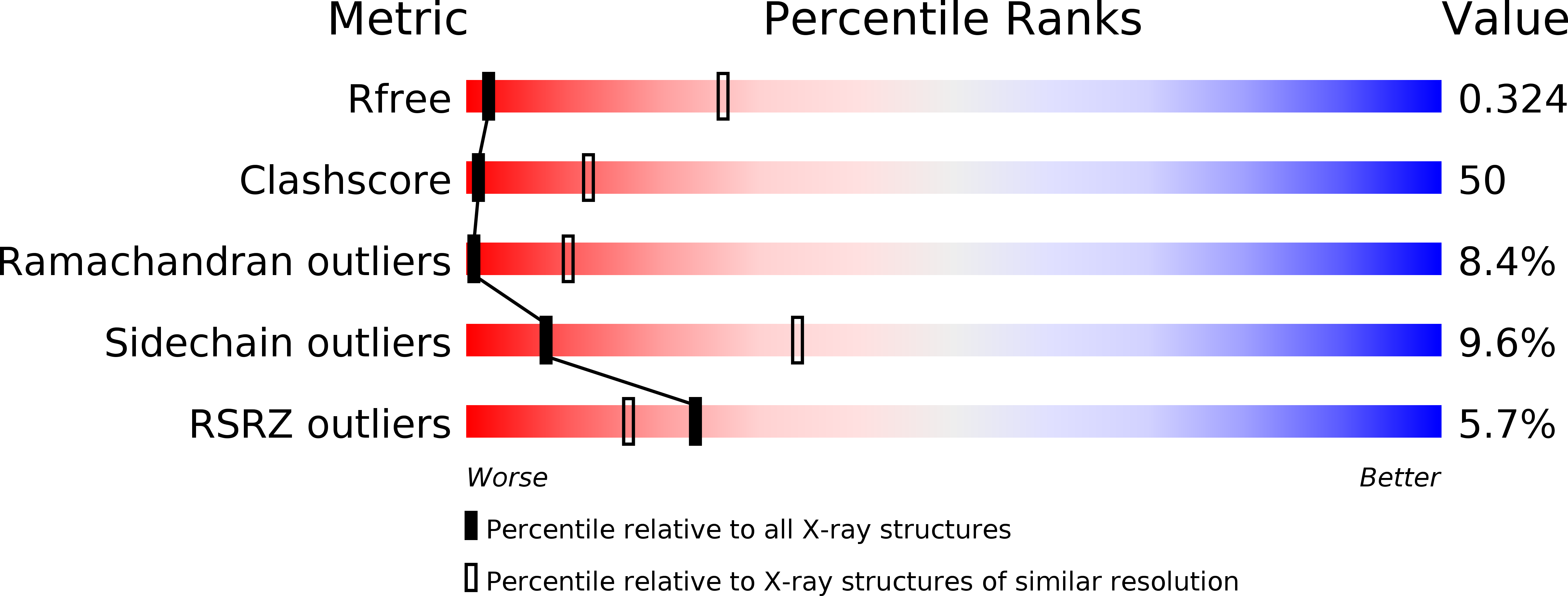
Deposition Date
2008-02-27
Release Date
2008-05-06
Last Version Date
2024-11-20
Method Details:
Experimental Method:
Resolution:
3.70 Å
R-Value Free:
0.33
R-Value Work:
0.30
Space Group:
C 2 2 21


